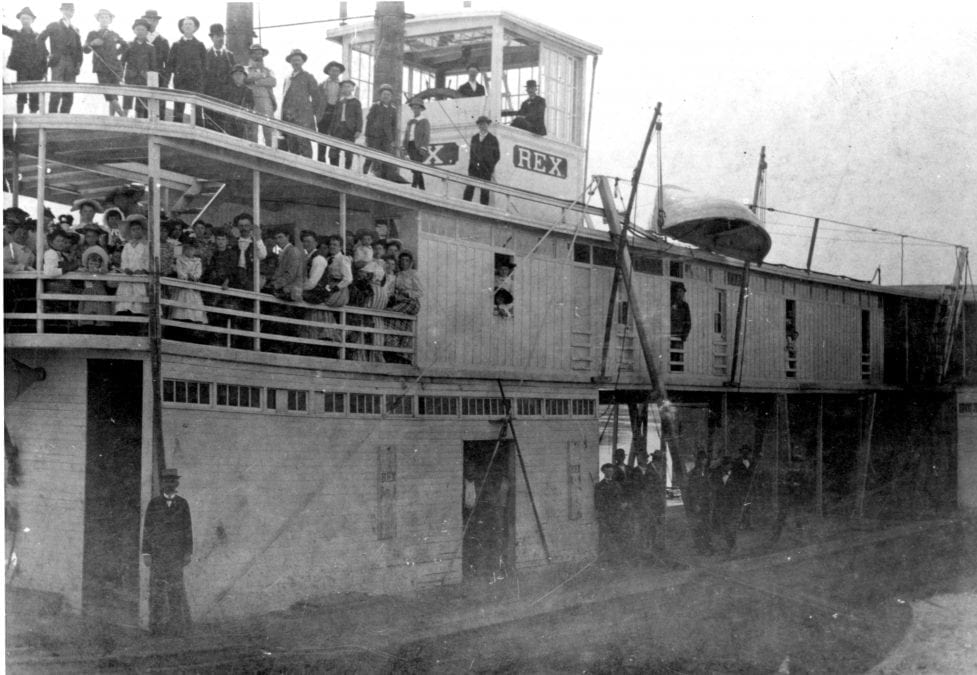
1890s, Photo Search
The steamboat trade was vital to inland towns like Newport and the surrounding countryside. Steamers from Newport had clear passage to New Orleans, Memphis and even St. Louis via the White and Mississippi Rivers, which provided ready markets for cotton and timber...
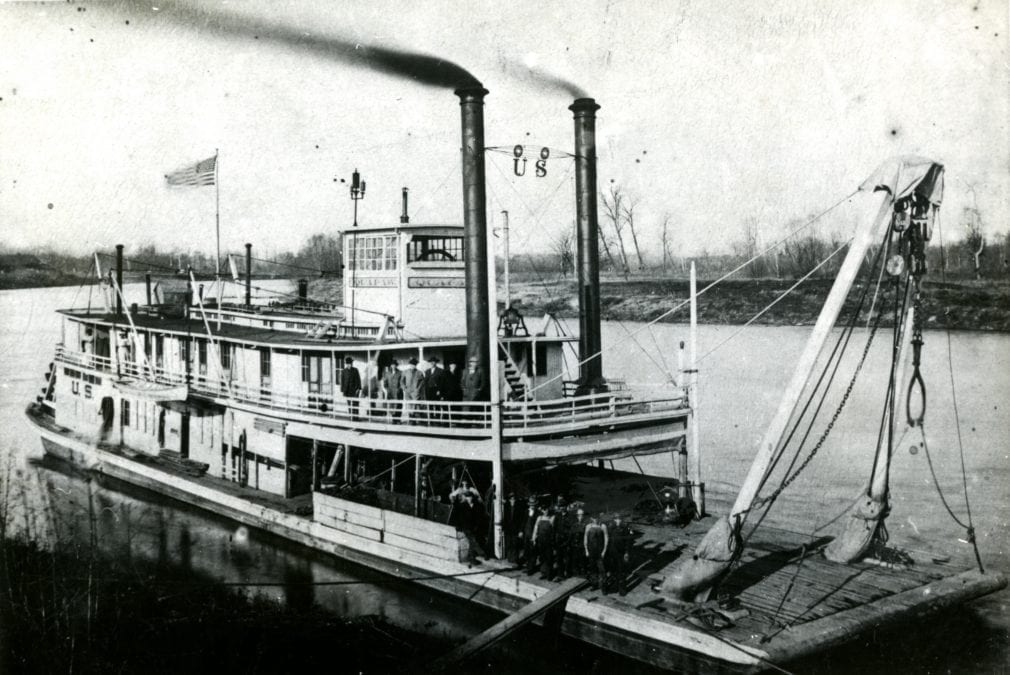
1880s, Photo Search
The Quapaw was typical of the government snag boats that kept the river free of fallen trees and other debris that could snag or sink a steamboat or barge. Because the White River ran through heavy forests, snag-boating was very important to the early years of...
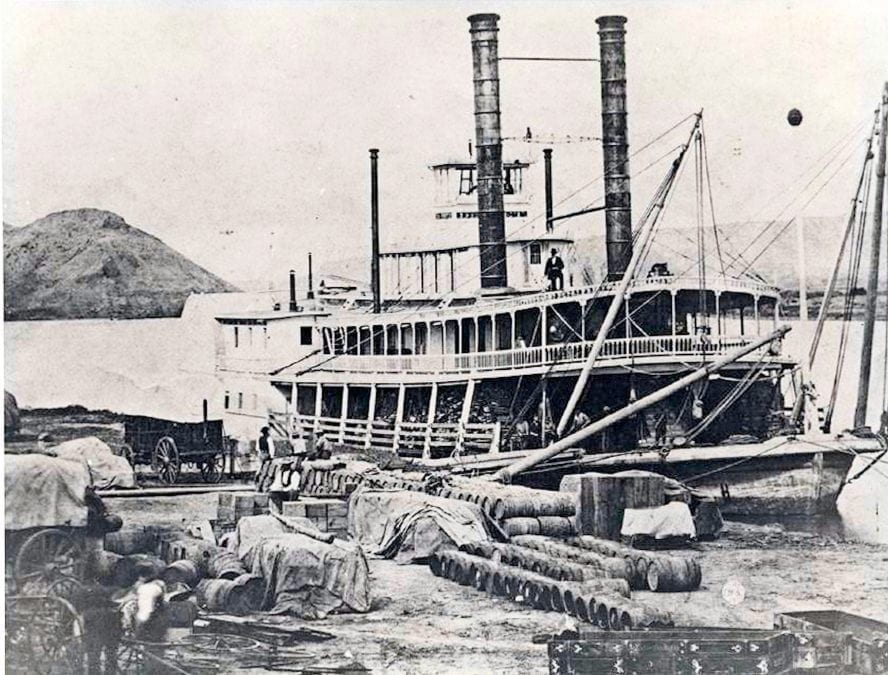
1870s, Photo Search
Some steamboats carried as many as 125 passengers and 2,000 bales of cotton. When they came up the river, they carried thousands of sacks of salt along with cargo of sugar, molasses, and dry goods, which they could trade in the backcountry, before loading up with...
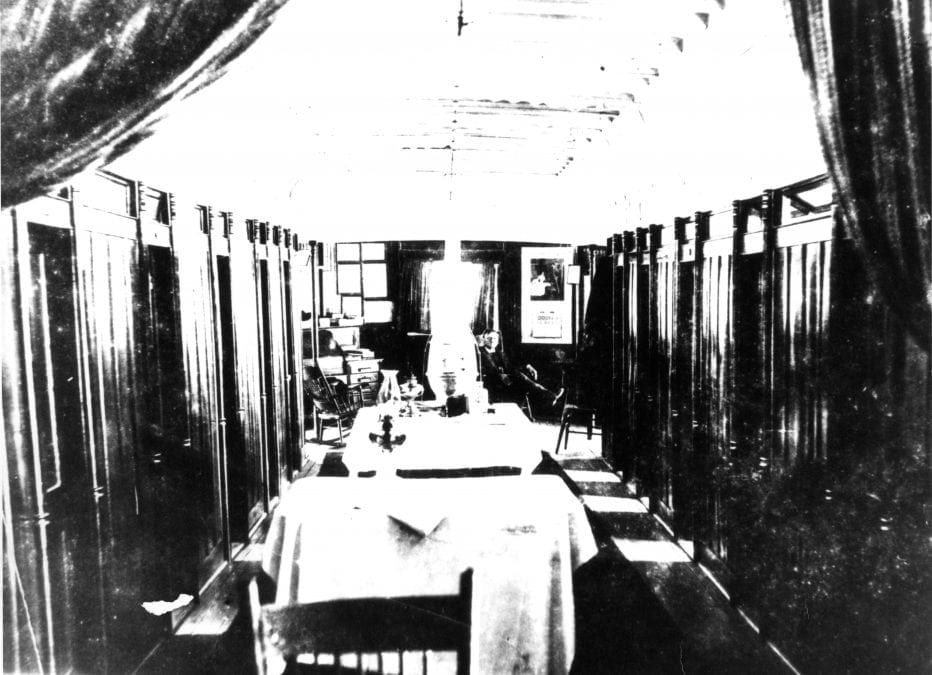
1870s, Photo Search
Early Jackson County chronicler W.E. Bevens describes the steamboats this way: “To those early pioneers, so long forced to do without luxuries, they seemed the acme of elegance, with their bands of music, their calliopes, handsome cabins, tables adorned with...
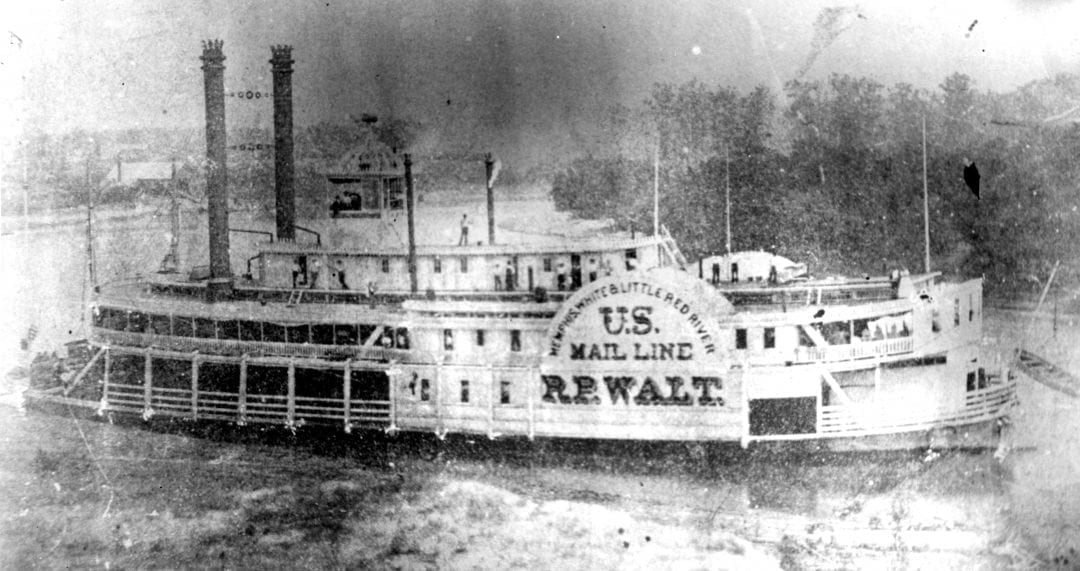
1870s, Photo Search
The steamboat Walt was a truly elegant steamer. Its 43 staterooms were lavishly furnished, but the 10 set aside for women were fitted like rooms in a fine hotel, with imported furnishings. The cabin was covered with the finest velvet carpet, with all furniture...






